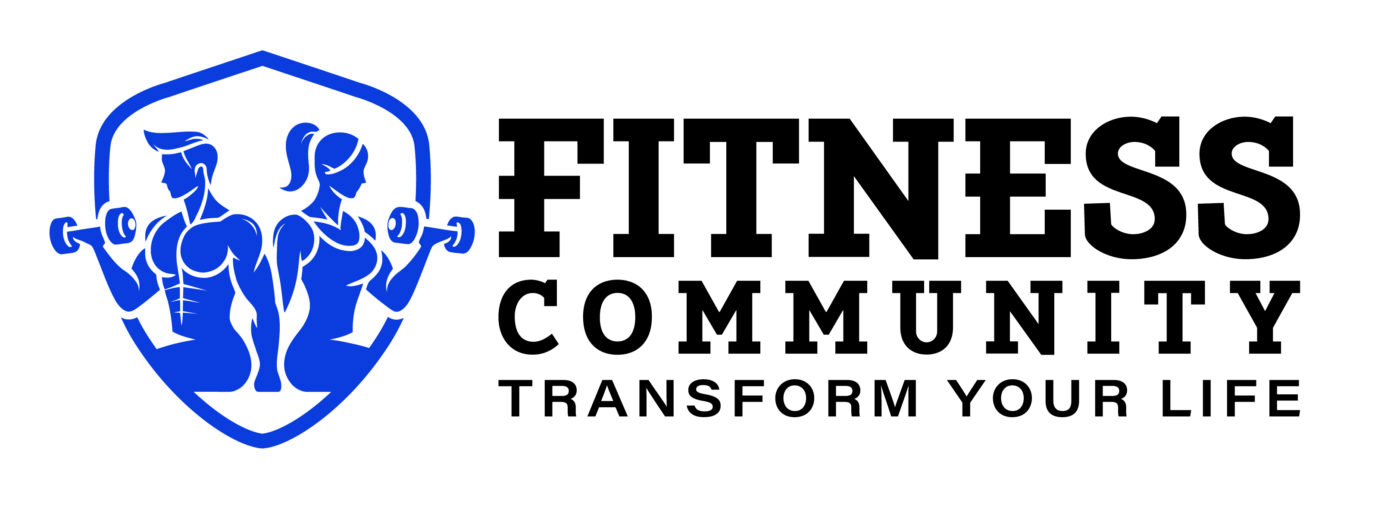NUTRITION AND DIET
Top 20 High-Protein, High-Fiber Plant-Based Foods for a Healthier Diet
When it comes to high-protein foods, animal-based options like chicken, eggs, and fish often take the spotlight. However, these animal sources typically lack one important nutrient: fiber. This is where plant-based protein sources really shine.
While protein is often seen as the cornerstone of muscle-building and body maintenance, fiber plays an equally crucial role in overall health. It supports digestion, helps balance blood sugar, and keeps you feeling full longer, making it an essential nutrient in any meal plan.
Can You Have Both Protein and Fiber in One Meal?
Many people mistakenly believe that they must choose between protein or fiber, but the good news is that you don’t have to. You can enjoy both in the same meal! Foods like lentils, beans, and seeds offer a powerful combination of plant protein and fiber that supports heart health, metabolic function, and even longevity. Plus, many of these plant-based proteins come packed with antioxidants and other bioactive compounds that provide additional health benefits.
Breaking Down the Myths About Plant-Based Proteins
It’s long been thought that you need to eat multiple plant-based protein sources at a single meal to get the benefits of a “complete protein” — a protein that contains all nine essential amino acids our bodies require. Animal-based proteins naturally offer all nine amino acids. But recent research shows that if you mix up your plant-based protein sources throughout the day, you’ll still get plenty of the essential amino acids your body needs.
With this in mind, we’ve compiled a list of 20 high-protein and high-fiber foods to add to your diet. Based on the U.S. Food and Drug Administration’s standards for high protein and fiber — 10 grams of protein and 3 grams of fiber per serving — these foods offer a great balance of both nutrients. Some foods might fall just short on either front, but we’ve explained why they still make the cut. Let’s dive into the 20 best high-protein, high-fiber foods to consider adding to your plate.
Top 20 High-Protein, High-Fiber Foods
1. Lentils
1 cup cooked: 18 grams protein, 16 grams fiber Lentils are loaded with plant protein, soluble fiber that helps lower cholesterol, and polyphenols that promote overall health. Regular lentil consumption has been linked to a reduced risk of chronic diseases like diabetes, obesity, and heart disease.
Serving suggestion: Simmer in soups or curries, or toss into salads for a satisfying protein and fiber boost.
2. Black Beans
1 cup cooked: 15 grams protein, 15 grams fiber Black beans are packed with soluble fiber and antioxidants like saponins and flavanols, which have anti-inflammatory, anti-cancer, and heart-health benefits. They also help regulate blood sugar levels.
Serving suggestion: Make black bean tacos, or add them to grain bowls with veggies and avocado.
3. Chickpeas (Garbanzo Beans)
1 cup cooked: 15 grams protein, 13 grams fiber Chickpeas offer a combination of protein, fiber, and slow-digesting carbs. They are rich in plant sterols that can help lower cholesterol.
Serving suggestion: Enjoy hummus, roast chickpeas for a crunchy snack, or add them to a salad.
4. Edamame
1 cup cooked: 18 grams protein, 8 grams fiber Edamame (young soybeans) are considered a complete protein, meaning they contain all nine essential amino acids. They support heart health and have additional benefits in lowering LDL cholesterol.
Serving suggestion: Snack on steamed edamame with sea salt, or add them to stir-fries and salads.
5. Tempeh
3 ounces: 18 grams protein, 6 grams fiber Tempeh is a fermented soy product that provides all essential amino acids and probiotics that support gut health. It’s perfect for athletes due to its ability to assist in faster recovery.
Serving suggestion: Marinate and pan-sear or bake as a substitute for meat in sandwiches, stir-fries, or salads.
6. Extra Firm Tofu
Half a block: 23 grams protein, 3 grams fiber Tofu is versatile and a complete source of plant-based protein. It also offers heart benefits, including reduced risk of heart disease with regular consumption.
Serving suggestion: Scramble with veggies for a protein-rich breakfast or use it in stir-fries or grilling.
7. Chickpea Pasta
1 cup cooked: 10 grams protein, 4 grams fiber Chickpea pasta provides more protein and fiber than traditional pasta and helps regulate appetite and weight management.
Serving suggestion: Use it in pasta dishes like pesto or marinara sauce.
8. Chickpea Flour
1 cup raw: 10 grams protein, 10 grams fiber Chickpea flour is a great gluten-free alternative to refined wheat flour and offers a higher amount of protein and fiber.
Serving suggestion: Use it to make protein-rich pancakes or flatbread, or as a batter for fish.
9. Oat Flour
1 cup raw: 16 grams protein, 12 grams fiber Oat flour is rich in beta-glucan, a soluble fiber known for lowering LDL cholesterol and boosting immunity.
Serving suggestion: Bake with oat flour to make healthier muffins or pancakes, or use it to thicken soups.
10. Oatmeal
1 cup cooked with milk: 13 grams protein, 4 grams fiber Oatmeal made with milk is an excellent source of both protein and fiber. It also helps keep you fuller for longer and can aid in weight management.
Serving suggestion: Top with nuts or nut butter for added flavor and nutrition.
11. Peanut Butter
2 tablespoons: 8 grams protein, 2 grams fiber Peanut butter is a nutritious snack and a good source of monounsaturated fats, which support heart health.
Serving suggestion: Spread on toast, add to oatmeal, or stir into yogurt.
12. Quinoa
1 cup cooked: 8 grams protein, 5 grams fiber Quinoa is a gluten-free pseudograin that contains all essential amino acids and offers impressive health benefits like improved blood sugar regulation.
Serving suggestion: Use quinoa as a base for salads or grain bowls.
13. Chia Seeds
Quarter-cup: 7 grams protein, 15 grams fiber Chia seeds are rich in fiber and omega-3 fatty acids, offering heart and digestive health benefits.
Serving suggestion: Add to yogurt, smoothies, or make chia pudding.
14. Hemp Seeds
3 tablespoons: 10 grams protein, 1 gram fiber Hemp seeds are a complete protein and a good source of omega-3 fatty acids, helping with blood pressure regulation.
Serving suggestion: Sprinkle on salads or blend into smoothies.
15. Pumpkin Seeds
Quarter-cup: 9 grams protein, 2 grams fiber Pumpkin seeds are rich in magnesium, which supports heart and muscle function, and they can help lower cholesterol.
Serving suggestion: Add to salads or use as a snack.
16. Almonds
Quarter-cup: 8 grams protein, 4 grams fiber Almonds provide essential nutrients like vitamin E and magnesium, supporting heart and muscle health.
Serving suggestion: Use in stir-fries, smoothies, or as a post-workout snack.
17. Pistachios
Quarter-cup: 7 grams protein, 3 grams fiber Pistachios are a complete protein and help slow down consumption, promoting mindful eating and reducing overeating.
Serving suggestion: Snack on them or use as a crust for fish or poultry.
18. Peanuts
Quarter-cup: 9 grams protein, 3 grams fiber Peanuts are rich in arginine and resveratrol, which support heart health and blood flow.
Serving suggestion: Add to stir-fries or make peanut butter.
19. Sunflower Seeds
Quarter-cup: 7 grams protein, 4 grams fiber Sunflower seeds are nutrient-dense, providing protein, fiber, and antioxidants like vitamin E.
Serving suggestion: Add to salads, oatmeal, or use as a topping for vegetables.
20. Plant-Based Burger (e.g., made with pea protein)
1 patty: 20 grams protein, 3 grams fiber Plant-based burgers provide a satisfying meat alternative with more fiber and no cholesterol, promoting heart health.
Serving suggestion: Serve in a whole-grain bun with lettuce, tomato, and avocado, or use as part of a burger salad.
Incorporating these nutrient-dense foods into your meals can help you meet your protein and fiber goals while promoting overall health, weight management, and heart health. So, start adding these high-protein, high-fiber options to your plate today for a healthy, balanced diet!

